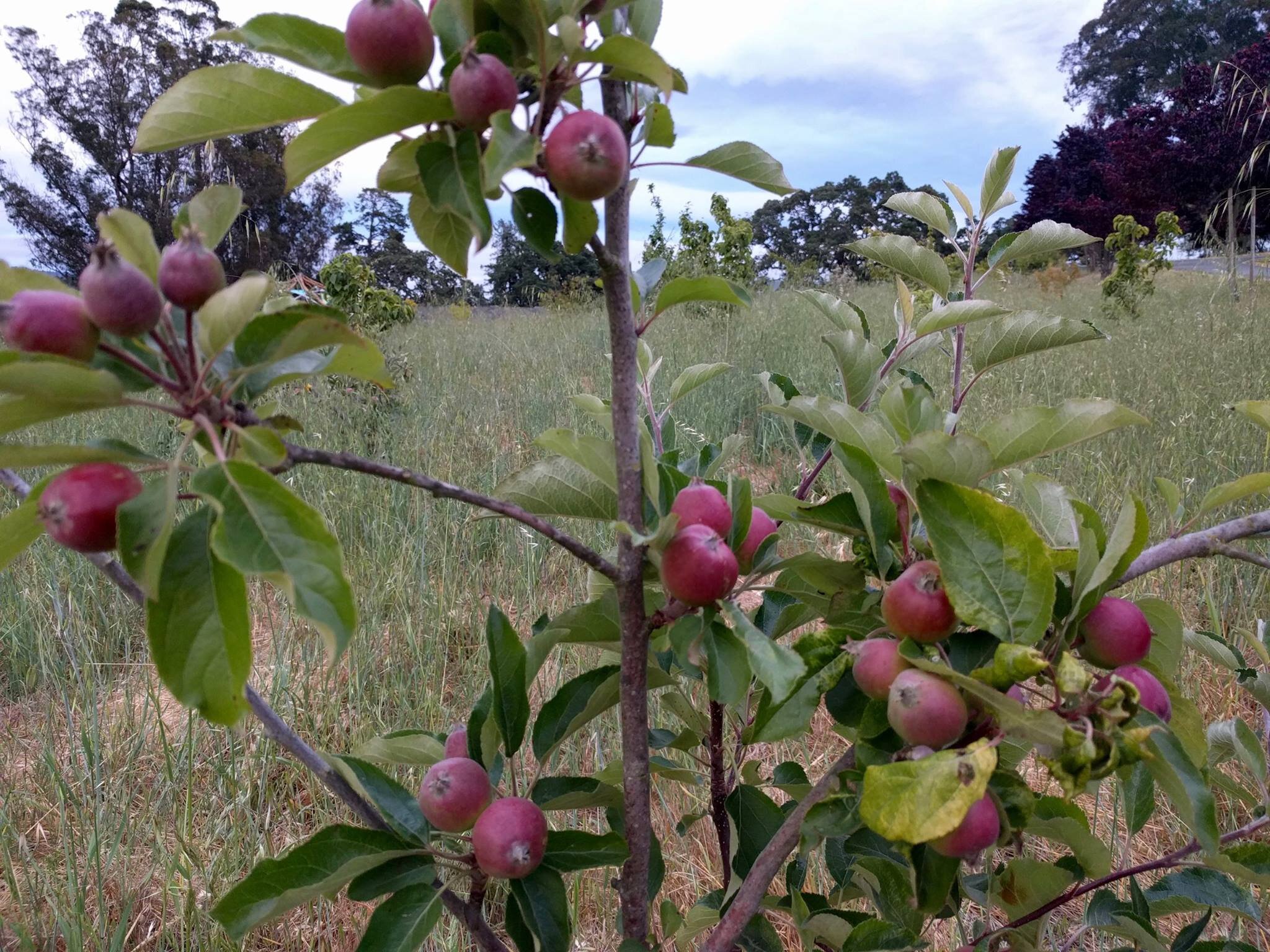
Introduction to
Graywater

It’s not just wastewater.
Graywater is a valuable resource that can be reused for irrigating gardens and trees.


Graywater accounts for almost half of all water used indoors.

What is Graywater?
(Also spelled “Greywater”) is the water that drains from showers, baths, washing machines and bathroom sinks. Unlike the wastewater from toilets and kitchen sinks which is known as blackwater, Graywater is legally allowed to be reused as long as it is distributed sub-surface and follows several other simple guidelines.
What are the benefits of using graywater?
Lower freshwater use
Saves energy used to produce, distribute, and treat water
Groundwater recharge
Effective water treatment occurs in biologically active soil
Reduces demand on wastewater treatment plants and septic systems
Connects homeowners to how much water they are using and their product choices
Reliable landscape water source during drought or water shortage
Facilitates local food production
Returns vital nutrients to the soil.

How can graywater be reused?
Graywater can be reused for outdoor irrigation through low-tech gravity fed systems using mulch basin irrigation, or high-tech systems including tanks, pumps and drip irrigation (with proper filtration). Graywater can also be reused indoors (example: toilet flushing), though requires disinfection and currently is not allowed under California code.
How much water can be saved?
Greywater systems can reduce a household's water use by 10% to 50%, an average 14,565 gallons a year per household . A common error is to assume that all the graywater produced equates to water savings, but how much potable water-use you actually offset depends a lot on your design, the efficiency of your system and the longterm management of your sites water budget.

Study of Residential Greywater Irrigation Systems in California: Laura Allen

Whats in Graywater?
Everything that goes down the drain, including hair, lint, soap, and cleaning products (tending to be alkaline/basic). High amounts of nutrients and associated bacteria in graywater rapidly multiply under storage to turn into noxious septic blackwater, which is why graywater is never stored for more than 24 hours. Kitchen sink water (as opposed to bathroom sink water) is technically considered Blackwater in California (not legally allowed to be reused) though more specifically defined as Dark Graywater, and contains food particles and oils that offer high nutrient value but require unique considerations to be sustainably reused.

Is Graywater hazardous?
There has never been a single documented case of illness from greywater, though regardless all systems should be designed to avoid the possibility for contact or ingestion. Potential environmental pollution can result if harmful chemicals in greywater enter the groundwater & surface water. Even naturally occurring nutrients in greywater can contaminate creeks and other surface water by contributing to algae growths that consume oxygen, which is why systems are designed to minimize contact, prevent ponding and runoff and contain graywater onsite. Improper designs could create a cross connection where greywater could enter potable water pipes.

Greywater Data and Calculations Spreadsheet. Oasis Design, 2009.

Is Graywater legal?
Historically Graywater was required to be sent to the sewer, and reuse was illegal, even though there were tens of millions of unpermitted systems all across the country. As more and more people have realized the potential of graywater as a resource, and more attention brought to how restrictive codes can prevent the open exchange of valuable best-practice information, codes have changed and many states allow legal reuse, though graywater codes still don’t exist in many parts of the country. In California, washing machine systems that do not alter the house plumbing can be built without a construction permit so long as 12 guidelines set forth in the code are followed, and permits for simple systems are relatively easy to acquire.

What products should be used?
Cleaning products effect Graywater quality and soil/plant health. Avoid products that contain Salt (sodium compounds), Boron (borate), and Chlorine bleach (hydrogen peroxide bleach okay). Recommended products are Salt/boron/ free. For laundry detergent some brands include Oasis, ECOS, Biopac, and others. For systems with filters its generally preferable to avoid bar soap made with thicker fats that more easily clog filters as opposed to thinner shampoos and liquid soaps.

When NOT to use graywater
A minimum amount of area is needed to be able to continuously infiltrate the graywater without overflow and runoff occurring (which can cause contamination and is prohibited), and some sites may not have sufficient space to sustainably infiltrate all their graywater. Releasing graywater in close proximity (within 100 ft) to streams, lakes, water wells, or drainage ways may inevitably lead to surface or drinking water contamination and is prohibited. A few sites may have unsuitable soil that is either extremely permeable (potentially contaminating the groundwater) or impermeable (= runoff or ponding). Many buildings that are built on-slab have inaccessible drain pipes that are encased in a concrete slab difficult to modify without substantial demolition.

Return on investment
What is the Cost/ Benefit Analysis of Graywater Systems?
More simple designs have a lower initial and operating costs and environmental impact (from embodied energy in manufacturing of materials etc.) but may not offer high levels of irrigation efficiency to offset spending on potable water. More complex designs that use drip irrigation may offset more potable water use/cost but may have operational costs (ie. electricity for pump) and a higher initial financial cost and environmental impact from high-tech components. Are the water savings sufficient to justify the proposed system? The bittersweet answer is: “It depends”. Cost/benefit analysis can also be drastically shifted in certain situations such as
failing septic system
Emergency water shortage
Large volumes of graywater

How do greywater systems work?
Most include a collection system to separate graywater from blackwater through what’s referred to as dual-plumbing, a piped distribution system to landscape infiltration areas such as mulch basins or drip-irrigation zones, and a diversion mechanism that allows a way to easily switch the graywater back to a sewer/septic system in case your graywater becomes contaminated. The different system designs are divided into 2 main categories:
Low-tech
gravity fed distribution systems are landscape direct, meaning they have no storage or filtration and just passively flow directly into the landscape as the graywater is being produced.
High-tech
systems may use a surge tank, pump, filter, controller and sensors and to achieve highly controlled drip irrigation.













